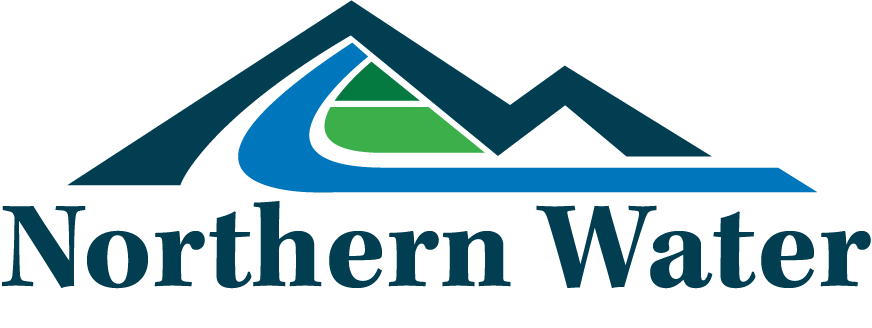Environmental Monitoring
Water Quality: A Critical Priority
Understanding and protecting water quality in our lakes, reservoirs and rivers is essential. Poor water quality can harm aquatic habitats and jeopardize healthy fish populations. It also impacts the safety of our drinking water, making consistent monitoring of source water supplies critical. In Colorado, these waters are not only vital for consumption—they’re central to recreation. Any decline in quality can create serious hazards.
Northern Water, in collaboration with governmental agencies, nonprofits, and private partners, conducts extensive monitoring on both sides of the Continental Divide. These efforts help identify factors affecting water quality and guide remediation when issues arise. Some programs cover the entire Colorado-Big Thompson and Windy Gap projects, while others focus on specific sites to address localized concerns.
-38.jpg)
Long-term and on-going water quality monitoring is used to:
- Identify changes in water quality spatially and over time;
- Assess compliance with federal and state regulations;
- Provide context in the event of natural disasters like wildfires, floods or a spill that can drastically impact watersheds and alter water quality;
- Evaluate possible changes in water quality associated with new water projects such as the Chimney Hollow Reservoir Project and the Northern Integrated Supply Project; and
- Support modeling efforts and detailed studies and assessments.
Water Quality Site Map
This map shows water quality sites operated by Northern Water. The layer list widget provides a list of layers and their symbols and allows individual layers to be turned on and off. Each layer has a check box that allows visibility control. The legend widget displays labels and symbols for layers within the map. The default map view shows all active water quality sites. Locations for specific monitoring programs can be turned on by checking the pertinent layer(s) from the layer list widget in the top right of the map.
